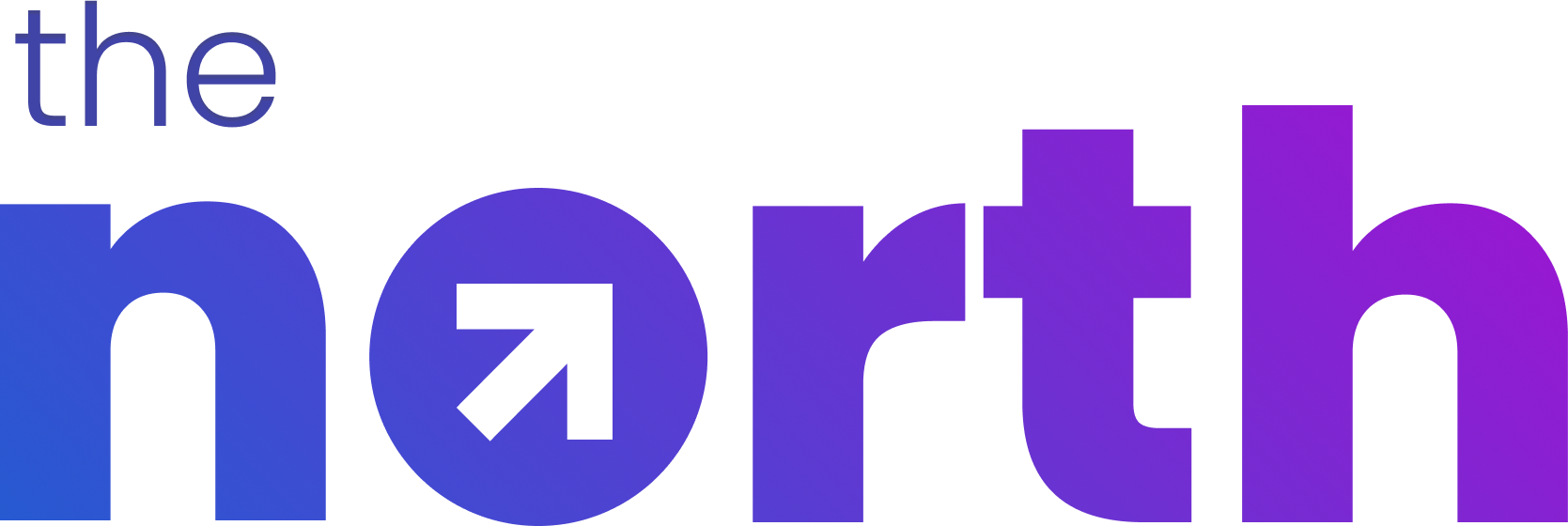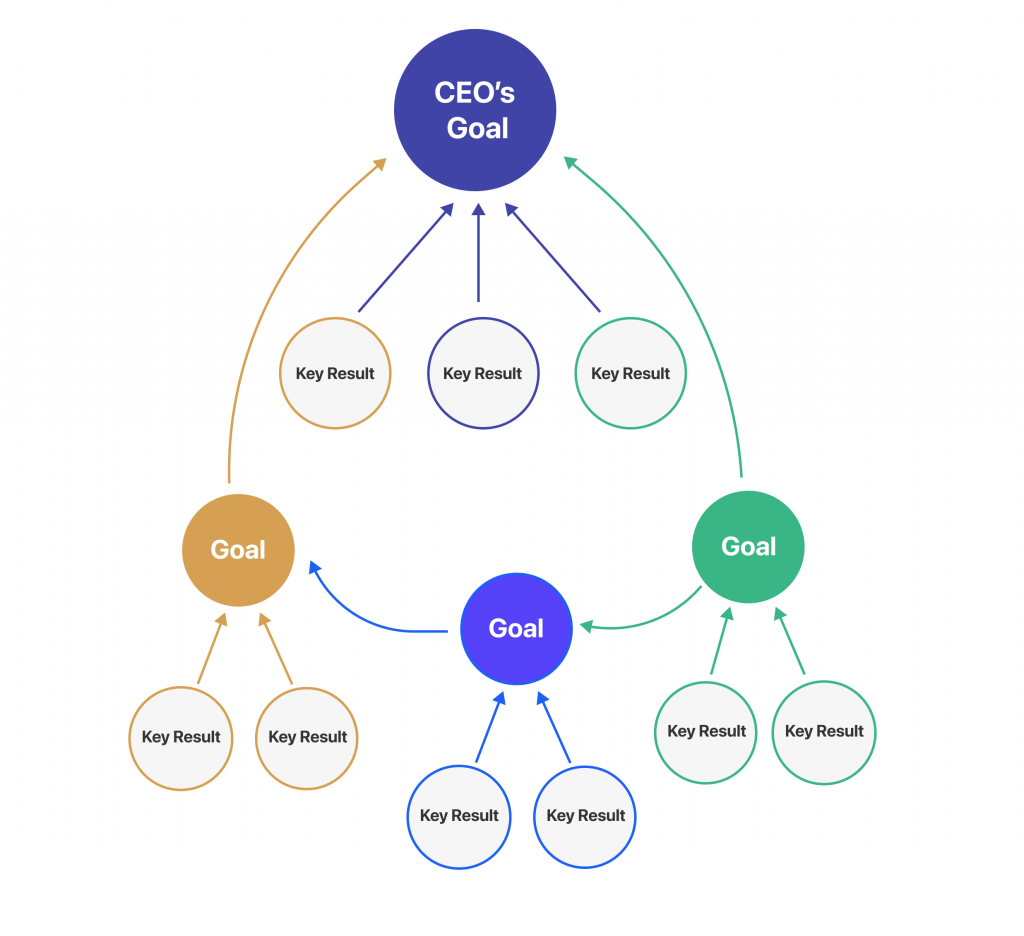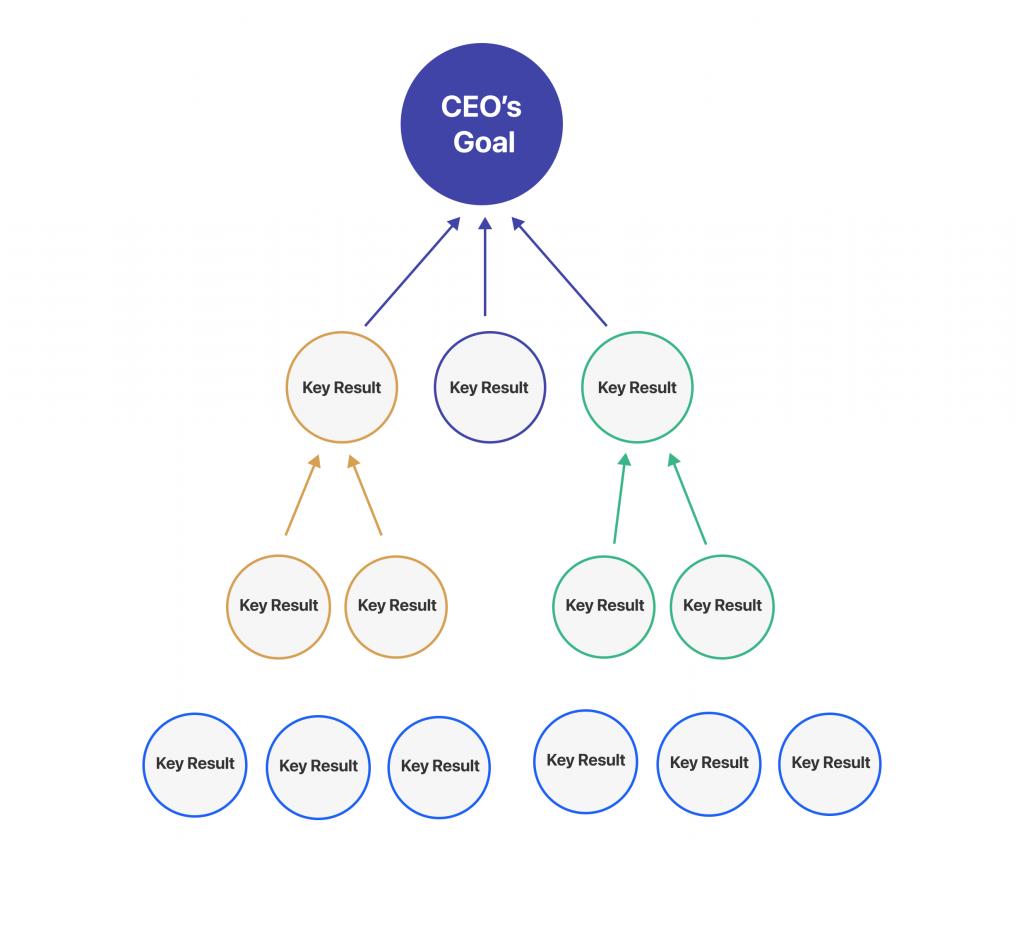Aligning goals: Loose alignment means that department goals are created bottoms-up and then aligned to CEO’s goals only to give visibility into how different goals achieve the organisation’s goal.
Aligning goals is important, cascading is not.
Once the Organisation’s OKRs are set, teams get a clear direction and then decide how they can contribute to those OKRs.
Each team then defines their OKRs that contribute to the organisation’s OKRs and that loosely align with them. The team can have their OKRs based on their planning process that doesn’t align with the company’s OKRs. This is completely OK. Trying to align everything is wrong and takes up a lot of time and energy. this is one of the common mistakes why OKRs fail
Laszlo Bock, former Google VP of People Operations wrote in his book Work Rules!:
On the topic of goals, academic research agrees with your intuition: Having goals improves performance. Spending hours cascading goals up and down the company, however, does not. It takes way too much time and it’s too hard to make sure all the goals line up. We have a market-based approach, where over time our goals all converge because the top OKRs are known and everyone else’s OKRs are visible. Teams that are grossly out of alignment stand out, and the few major initiatives that touch everyone are easy enough to manage directly. So far, so good!
What cascading looks like
In his popular book, Measure what Matters, John Doer explains cascading with an OKRs strategy for a Football team example. He calls out upfront that cascading top-down is an old outdated method which was once popular.
In the below example notice how in the cascaded version of the OKRs, the General manager’s key result become the Head coach’s Objective. and the Head coach’s key result becomes the Defensive coach’s objective. this is not a good way of structuring OKRs, read on to learn why.
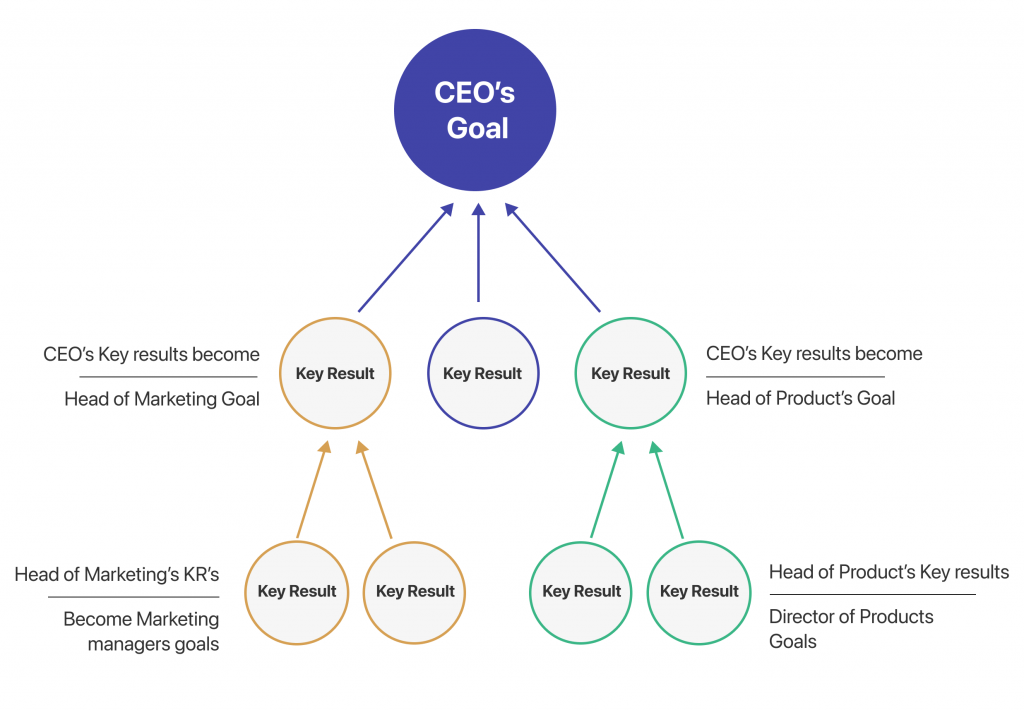
CEO’s OKRs
Objective: Grow annual revenue to increase the valuation
Key Result 1: Grow ARR by 30%
Key Result 2: Expand business in the EU
👇
Head of Sales
Objective: Grow ARR by 30%
Key Result 1: Increase revenue from expansion by 10%
Key Result 2: Increase revenue from new deals by 20%
👇
Regional sales head
Objective: Increase revenue from expansion by 10%
Key Result 1:
Key Result 2:
Why is cascading OKRs a bad idea
Cascading is a fundamentally wrong way to create OKRs. It goes against everything that OKRs stand for, which is creating inspiration, alignment and context for everyone in the team.
Cascading OKRs does not give the big picture context to the individuals owning those KRs and instead hands them a metric to manage. This means they don’t feel responsible for the outcome.
You can tell if your OKRs are being “cascaded” if your goals are more prescriptive top down this is an unhealthy practice and hampers bottoms-up creativity.
- Leaders don’t own Outcomes: Cascading means CXO’s don’t own any measurable outcomes via Key Result, they are simply delegating the outcome to someone else.
- One-dimensional linkages. While cascading locks in vertical alignment, it’s less effective in connecting peers horizontally, across departmental lines.
- Cascading is a lot of work. When all are required to cascade, it means that Tightly cascading organizations tend to resist fast and frequent goal setting. Implementation is so cumbersome that quarterly OKRs may prove impractical.
- Marginalised contributors Top down, not Bottom-up. Teams are not encouraged to set their own goals. Teams don’t feel a sense of ownership in a top-down goal-setting culture.
What aligned goals look like
Aligning goals might look like a bit of a mess but is a much better alternative to cascading OKRs.
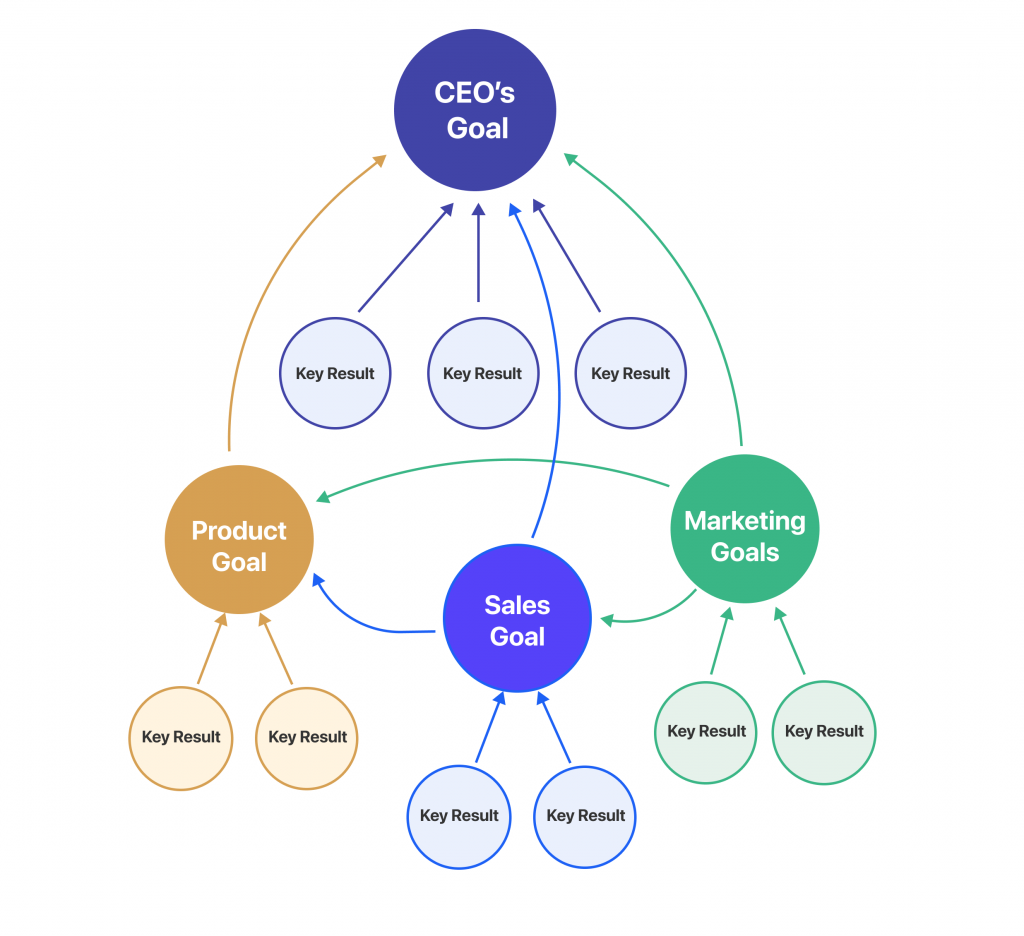
- Set a clear strategy – The strategy can inform how leaders create company goals
- Set clear Organisation Goals – Setting Organisation goals allows teams to know what are the key measures of outcome.
- Determine key leverage points: these are the key opportunities for your organisation.
- Bottoms-up team goals – with strategy and organisation goals as key outcomes supported by high leverage opportunities, support bottoms-up goal creations by each team on how might they best contribute and align to the above.
North is a single app for Strategy, OKRs, and Initiatives
North is built for data-driven companies that want to make an impact.
Companies of all sizes use North for strategy, goals and Initiatives.

Before you start
What are OKRs?
OKR Meaning
History of OKRs
Benefits of OKRs
Are OKRs right for me?
OKR Mistakes to Avoid
A Brief Guide to OKRs
Aligning with OKRs
Strategic Planning
OKRs in Strategy
SMART, MBO, BHAG
Role of an OKR Champion
Take the OKR Quiz
The North Guide to OKRs
Getting started with OKRs
How North works
A typical OKR Cycle
Planning your OKRs
Weekly OKR Check-In
Stretch vs Committed OKRs
Aligning vs Cascading OKRs
Aligning OKR Teams
OKRs vs KPI
OKR vs KPI: with Examples
Input vs Output metrics
Good and Bad OKRs
OKRs and Agile
OKR Templates
Learning resources
Vision & Mission Templates
Google OKR Template
OKRs for Product teams
OKRs for CEOs’ teams
OKRs for Sales teams
OKRs for Marketing teams
OKRs with Google Workspace
North Features
Getting started with North
Org and Team goals
Goal Initiatives
Goal Check-ins
Give Awards
Goal Alignment
Our take on Product
OKRs for AARRR Metrics
On Product discovery
Communicating well
Metrics for Product teams
Telling stories with data
Data visualisation
🏔
